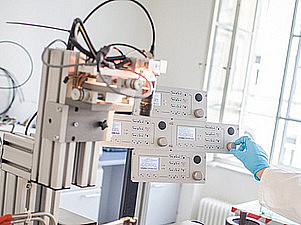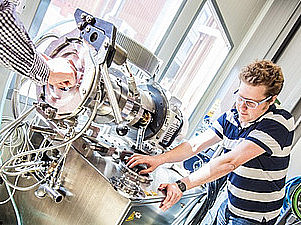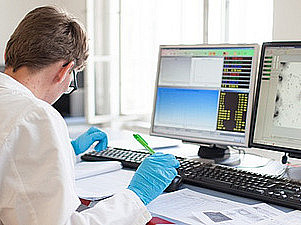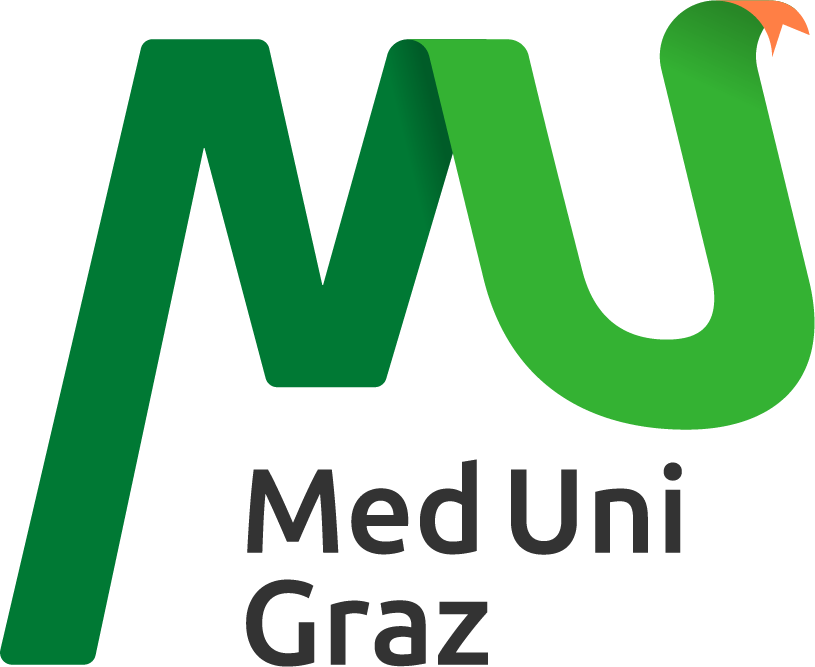Quantitative biomedicine and modeling
Quantitative procedures and biomarkers have had great significance in biomedicine for a long time to characterize diseases as objectively as possible, to develop treatments and arrive at new findings. Due to the current trend towards stratified and personalized medicine the quantitative analyses of biological data is certainly gaining significance. In addition, the wealth of generated data in life sciences has actually exploded (Omics data, post-genomic biology) and can, therefore, no longer be interpreted with traditional analysis approaches.
Here, procedures and methods of quantitative biomedicine are essential. They include the following aspects:
- The generation of hypotheses, theories and models
- The development of instruments and measurement methods
- The mining of data through controlled experiments
- The integrative analysis, visualization, modeling and simulation of the data acquired
The methods of quantitative biomedicine are applicable to various organs or pathologies. The application in various specific medical questions mostly includes similar superordinate natural science technical challenges, which can only be successfully resolved in an interdisciplinary and multidisciplinary context. Some of these important topics are in the focus of the SFB – MOBIS: Mathematical Optimization and Applications in Biomedical Sciences.
Objectives in this area are, among others:
- Dedicated biomedical models should pave the way from a pure empirical consideration towards a medicine based on a mechanistic understanding
- Treatment of coupled multi-scale phenomena (from the protein to the organ, and the other way round)
- Identification of new biomarkers through sensorics, imaging and bioinformatics for the stratification and personalization of diagnostic and therapeutic approaches
- Setting new standards by combining state-of-the-art measurement technology, mathematical and information procedures in the relevant specialized areas





